How to Calm Dog Anxiety: Effective Strategies for Pet Owners
If you are a dog owner, you might have experienced this first hand—coming home from work to a couch that has been torn apart from end to end, scratched-up walls, and perhaps the worst, feces in the corner of the kitchen (or all over the stairs). In most cases, this is not the sign of a naughty puppy. Rather, these are all signs of dog anxiety—something that affects about 72.5% of our canine companions.
If this sounds like your pup, you need to do something about it. But do you know how to calm puppy anxiety? We have some tips and tricks to help ease dog anxiety symptoms and create a bit less chaos in your home.
Signs Your Pup Might Be Suffering From Anxiety
As we suggested above, if your dog is tearing apart the house, it isn’t necessarily a sign of bad behavior. Though, of course, we recognize that such destruction is far from a desirable behavior. Since your dog can’t verbally tell you that something is wrong, it will exhibit various behaviors that show you.

This said, recognizing dog anxiety symptoms starts by sorting out those naughty behaviors from anxious ones. And, it is important to know that many naughty behaviors stem from anxiety. So, first, ask yourself these questions:
- Is my dog getting enough exercise? Remember, dogs have a lot of energy and need an outlet to release that energy. A lack of exercise can quickly lead to undesirable behaviors.
- Is my dog eating enough? Talk to your vet for guidance on how often and how much your dog should eat. A hungry pup can be a naughty one.
- Is my pup getting enough water? Dogs, especially puppies, work up quite the thirst when out on their walks or at play. Make sure they always have water on hand. If not, they might search for it and won’t hesitate to destroy things in their way.
- Is my dog alone too much? The most common form of anxiety in pets, especially dogs, is related to isolation. And four in six dogs suffer from separation anxiety. So to answer the question, do dogs miss people? The answer is YES! And so if you are wondering how to help with separation anxiety, we have a suggestion for that below.
- Is my pet properly trained? Pets don’t come with a rulebook, and even more so, they don’t come home from the breeder, rescue kennel, or pet store on their best behavior. Just like kids, pets need to learn the ropes to understand what behaviors are acceptable and what are not.
If you feel good about your answers to the above questions, then the chances are your dog is suffering from anxiety. Read on for some of the symptoms to be on the lookout for.
12 Signs of Anxiety in Your Dog
Before we get into the tips on how to help a dog with anxiety, we want to provide you with a list of things to look for that may mean a cry for help from your fellow canine.
- Tail Tucking: Your dog might tuck its tail between its legs, a classic sign of fear and anxiety.
- Vocal Distress: Frequent whining, howling, or even excessive barking can indicate that your dog is feeling anxious. Trust us, they’re not trying to annoy you. Think of this vocal distress as your dog’s cry for help and attention.
- Seeking Refuge: An anxious dog may hide or press itself into corners, seeking safety. It’s more likely to enjoy lying in a dog bed backed up against the wall than in one without knowing what is happening behind it.
- Flattened Ears: Ears pinned back against the head clearly indicate discomfort.
- Whale Eye occurs when your dog shows the whites of its eyes, indicating nervousness. Whale eye typically happens when your dog turns its head but stays fixed on a person, other animals in the household, or an object.
- Forced Smile: When anxious, some dogs might bare their teeth in a manner that resembles a tense, forced smile. You guessed it—they’re not really smiling.
- Trembling: Shaking or shivering can be signs of nervousness and fear in dogs.
- Protective Posture: A dog might curl into a tight ball or maintain a hunched posture to protect itself.
- Licking Gestures: Anxious dogs often lick the air, their nose, or flick their tongue as a sign of nervousness.
- Stress Yawning: Unlike a sleepy yawn, a stress yawn is more prolonged and frequent and may accompany drooling or panting.
- Sweaty Paws: Dogs can sweat through their paws, and moist paw prints can indicate heightened anxiety.
- Pacing or Restlessness: An anxious dog may pace around or seem unable to settle comfortably.
Practical Solutions to Calm Your Anxious Dog
If you’ve ever experienced anxiety, you know that it is no treat. Your heart may race, you may feel a looming sense of dread, it might make it hard to sleep, and so much more. It’s really no different for your pet. They too may experience all of these side effects from their anxiety symptoms. But, what’s worse is that they can’t communicate with you to tell you that they need help. So, you really need to be paying attention.

And, now that you know the signs to look for, it’s important to know what you can do to calm your dog. Here are some things to do to help with calming for dogs with anxiety.
- Play Soothing Sounds at Night: Whether your dog sleeps in your bed with you, in their kennel, or some other designated spot, it might be hard for an anxious pup to get settled at night. Try playing calming music from your mobile device, or invest in a white noise machine. This background noise is calming and can help block out those mysterious sounds from things that go bump in the night.
- Make Sure Your Pet Has a Comforting—and Comfortable—Space: Your pet needs to have a place of their own where they can go to relax when they are feeling overwhelmed. Make sure that the door to their kennel is open and unlocked if they want to escape for some quiet time. We also recommend that you place their dog bed against a wall or a high-backed piece of furniture. This helps your dog feel comfortable that nothing is lurking behind them when they are resting.
- Place Calming Essential Oils in Your Diffuser: Have you ever relaxed to a warm bath with lavender-scented bath salts? Or, perhaps you have burned a vanilla candle. What happens when you do so? The chances are that these scents help you to relax. And, the same is true for your pet. Try burning essential oils in your diffuser—try lemon, lavender, vanilla, ginger, or valerian—if the goal is to relax your pup.
- Make Sure Your Dog Has a Special Blankie: You know how kids love their blankets and carry them around for years and years? Well, many dogs feel reassured when they have a special blanket of their own. And personalized dog blankets are the perfect solution.
- Physical Contact: Your dog has a love language, and by far and large, it is physical touch. If your dog is showing signs of anxiety, make sure you are providing ample love and physical affection. A good belly rub, scratching behind the ears, etc., can help calm your pet and help them feel the love. Pay attention to those hidden spots that your dog likes, too. A thumping paw is a good sign that you have hit the spot.
- Calming Chews and Supplements: Some pets need a bit of extra help to calm down. Talk to your dog’s vet about the best supplements to help. Many vets will recommend calming chews that contain ginger root, valerian root, or melatonin. And in extreme cases, they may prescribe a medication such as Trazadone for the ultimate calming effect.
Be on the Lookout for Signs of Anxiety
As the human in your pet’s life, you are the only one who can provide them with what they need to ease their anxiety. By paying attention to the signs and following the tips in this article on how to calm dog anxiety, we’re confident that not only will your dog feel better, but the human-pet bond between the two of you will grow as well.

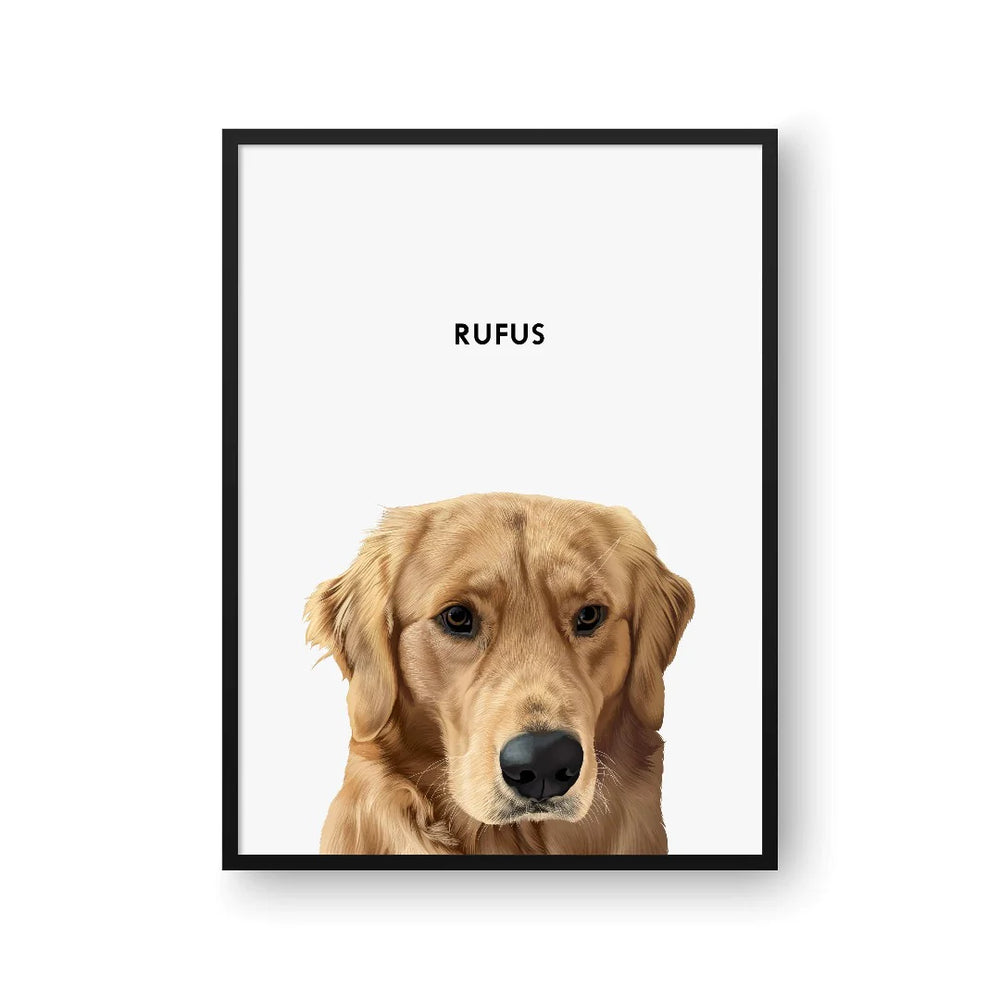



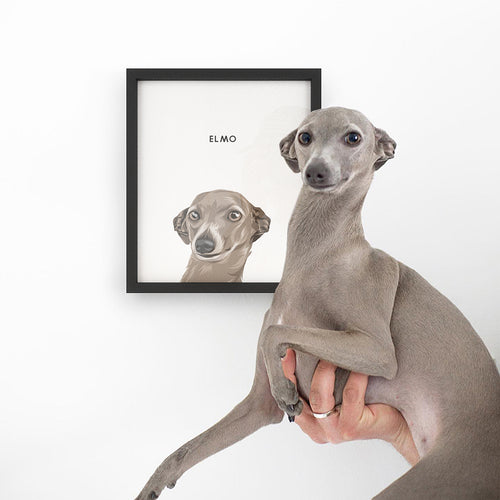
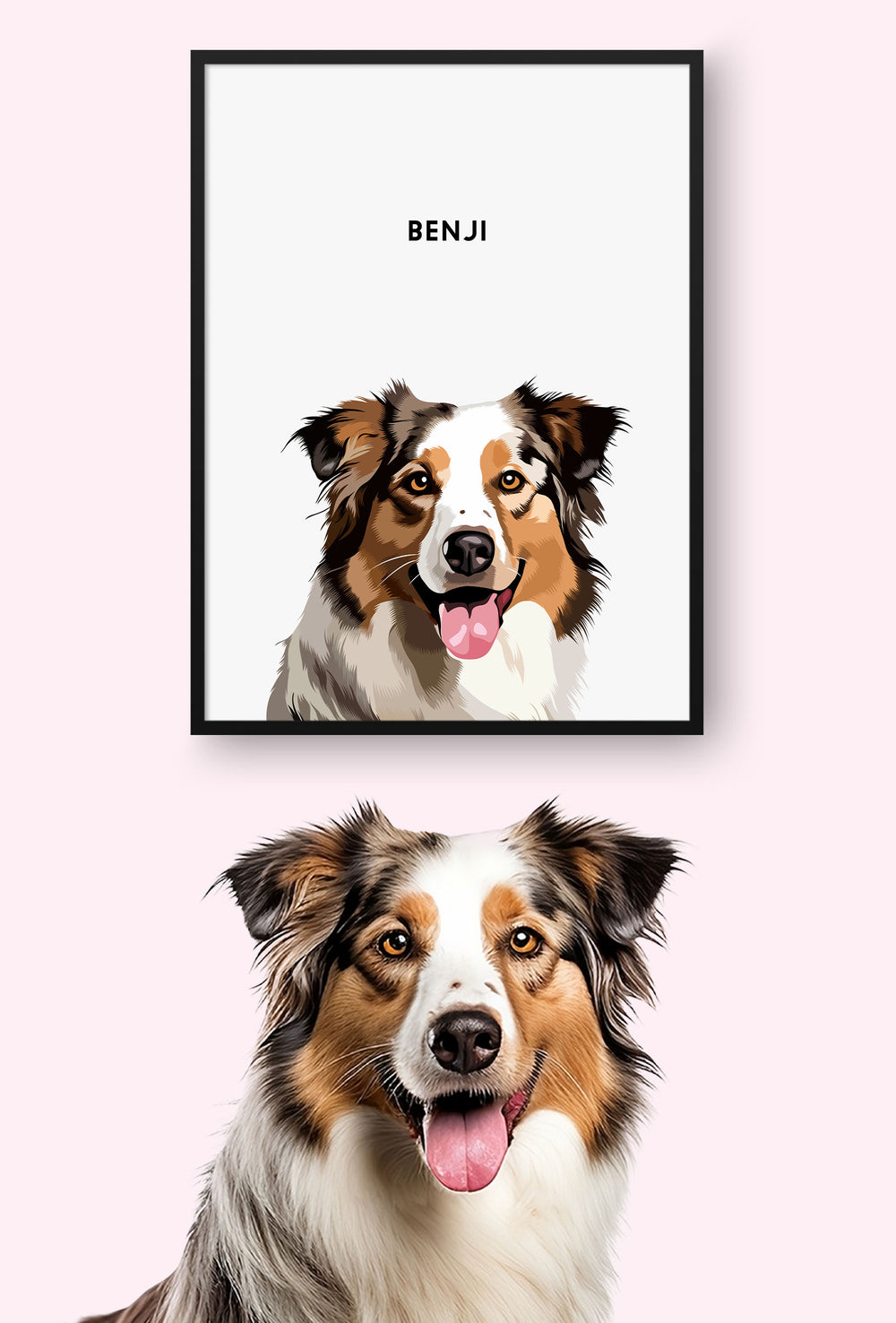
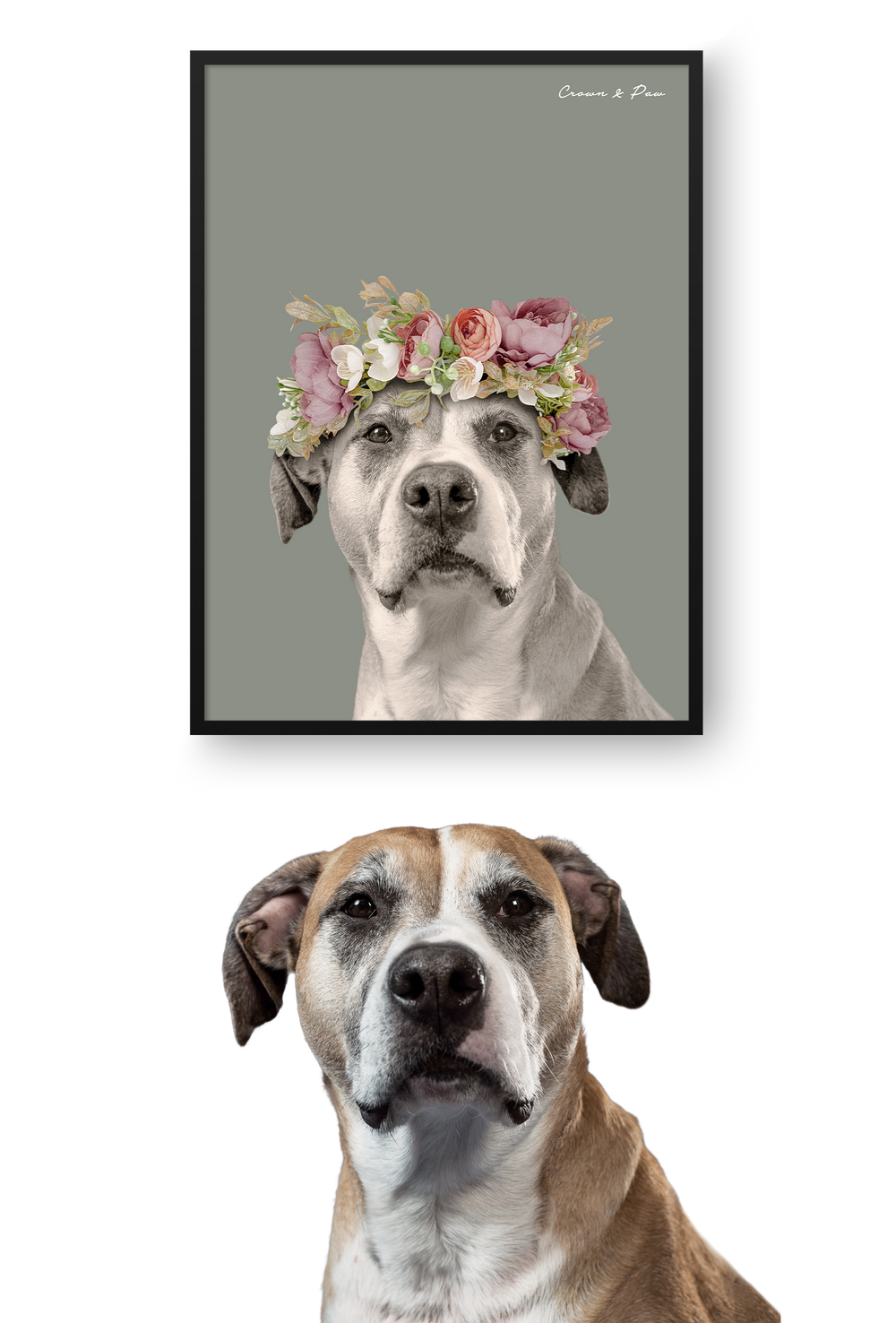
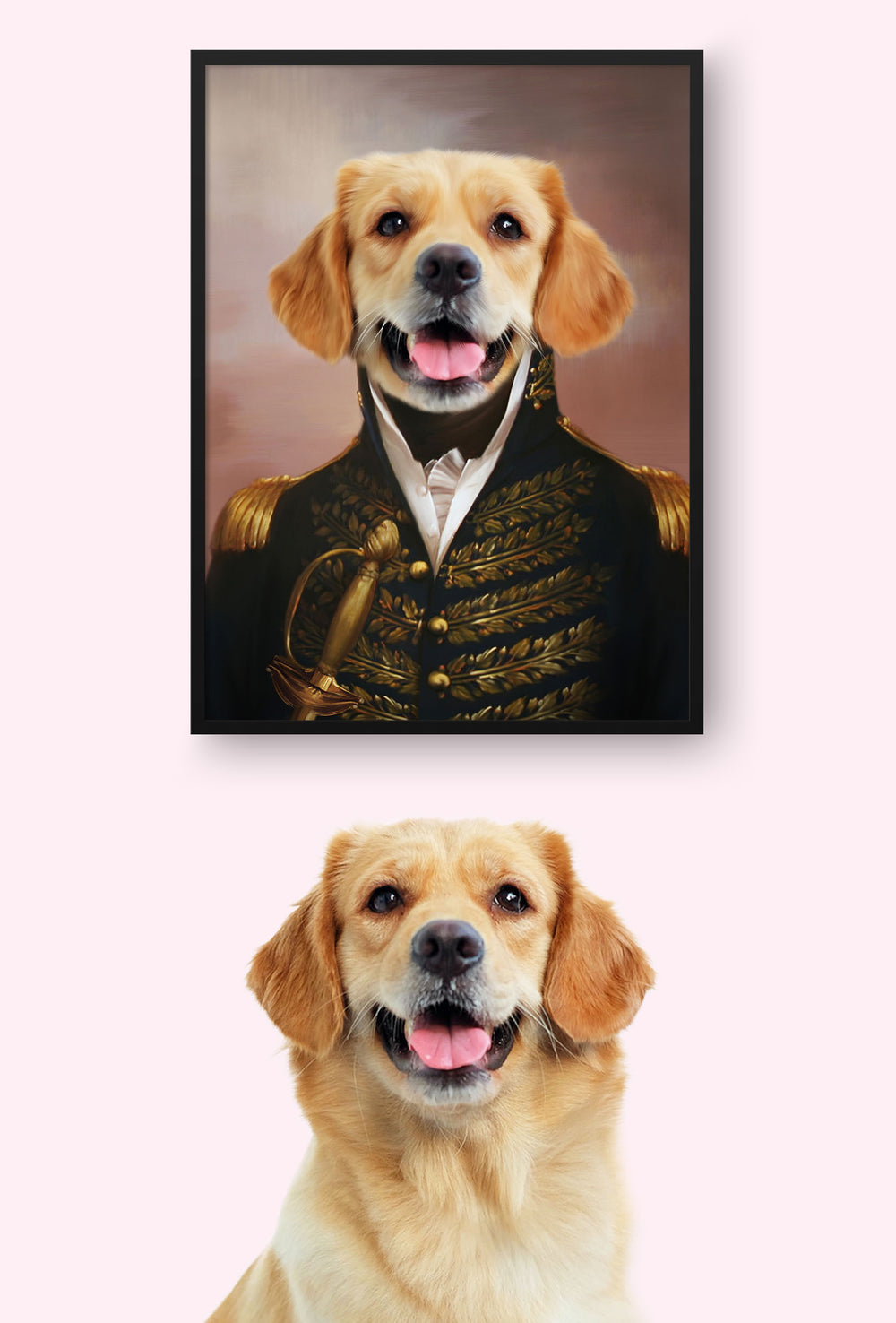
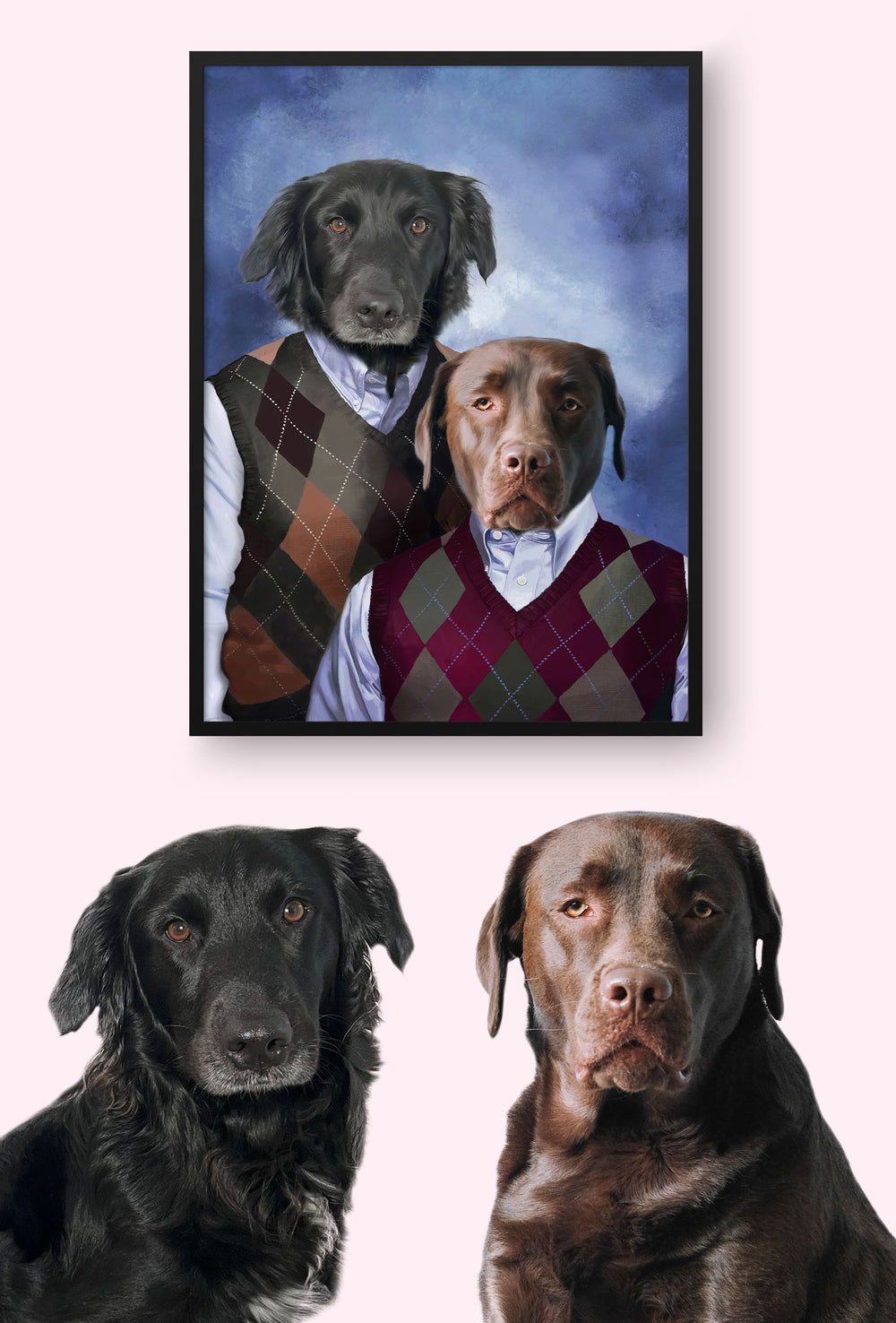
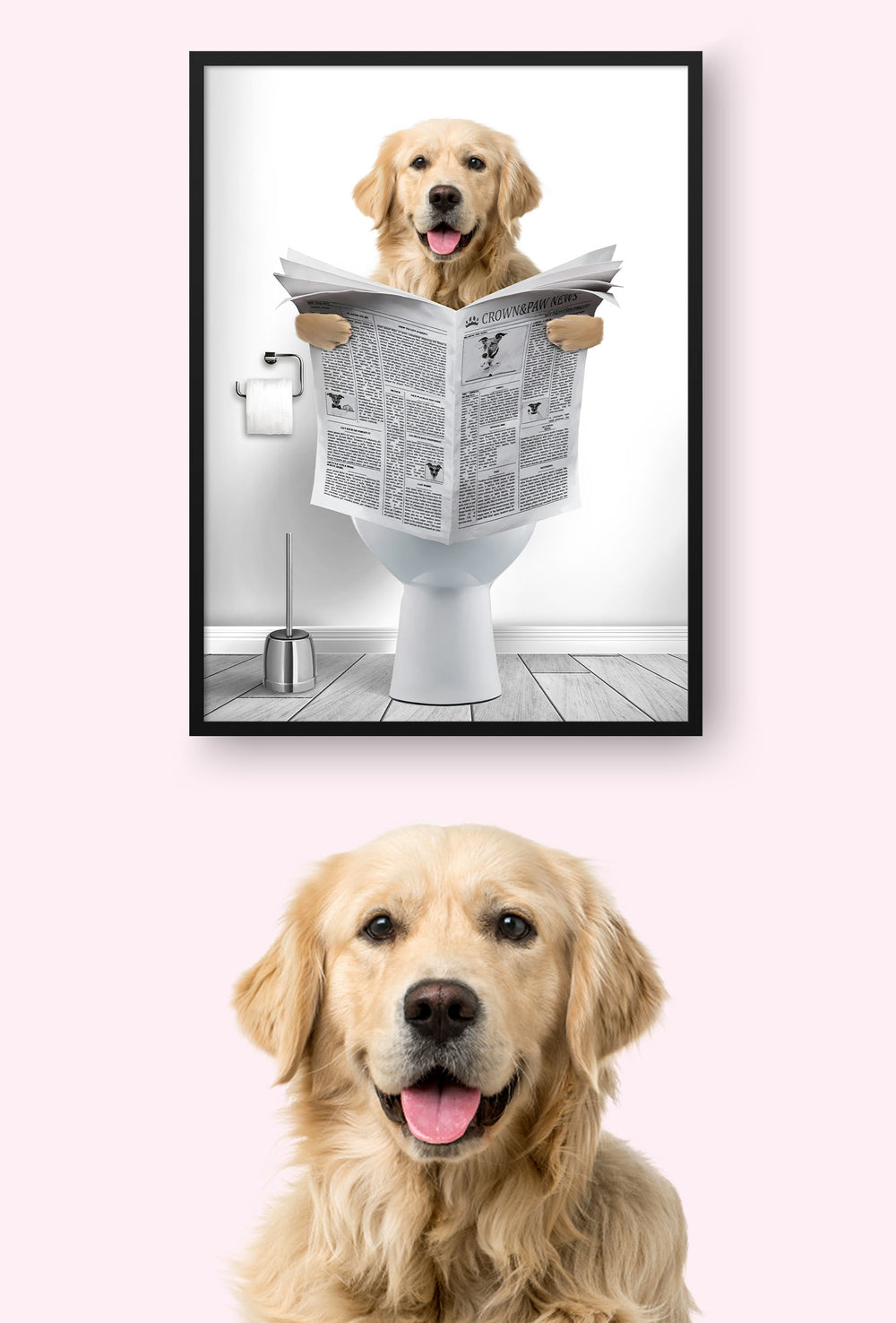
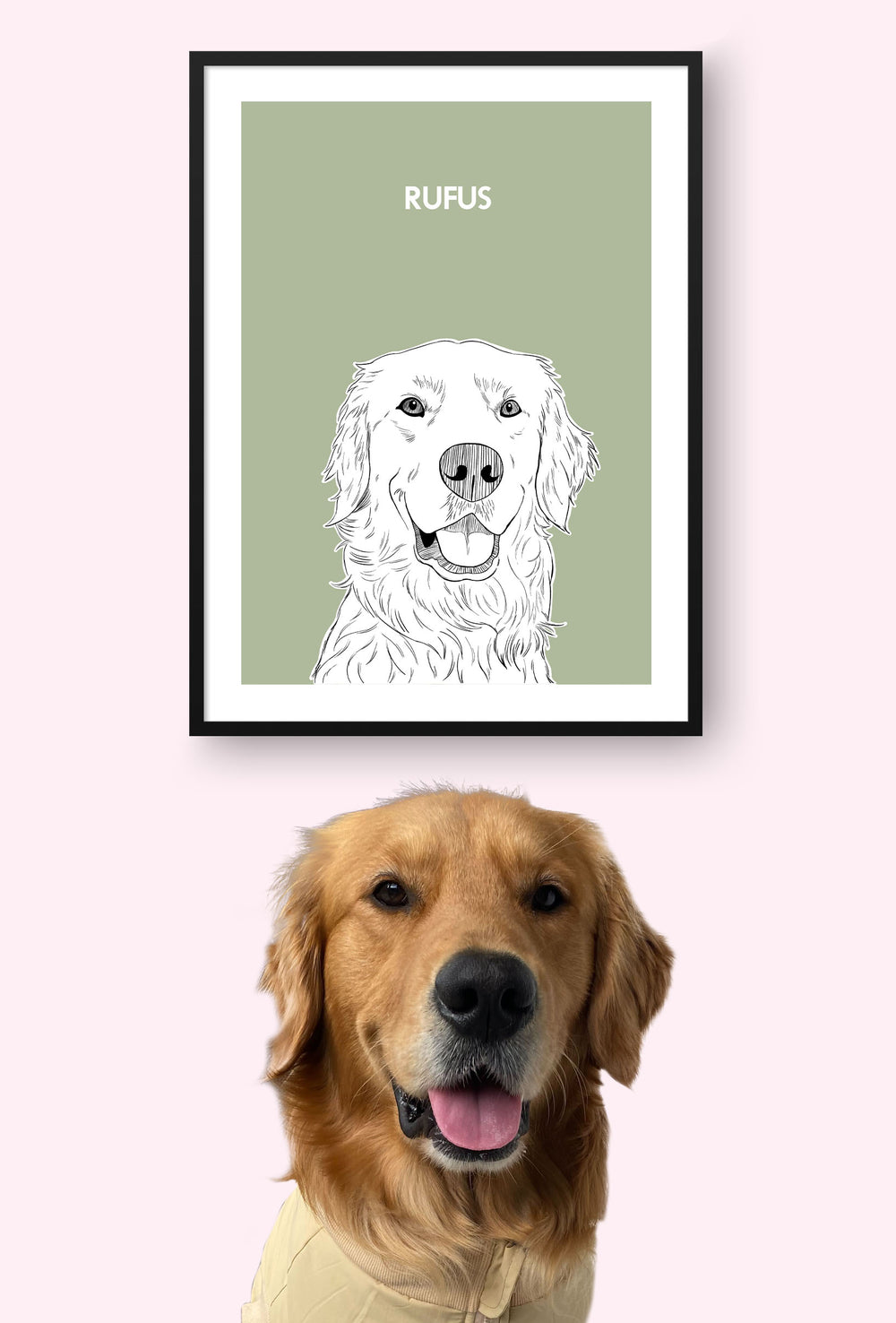

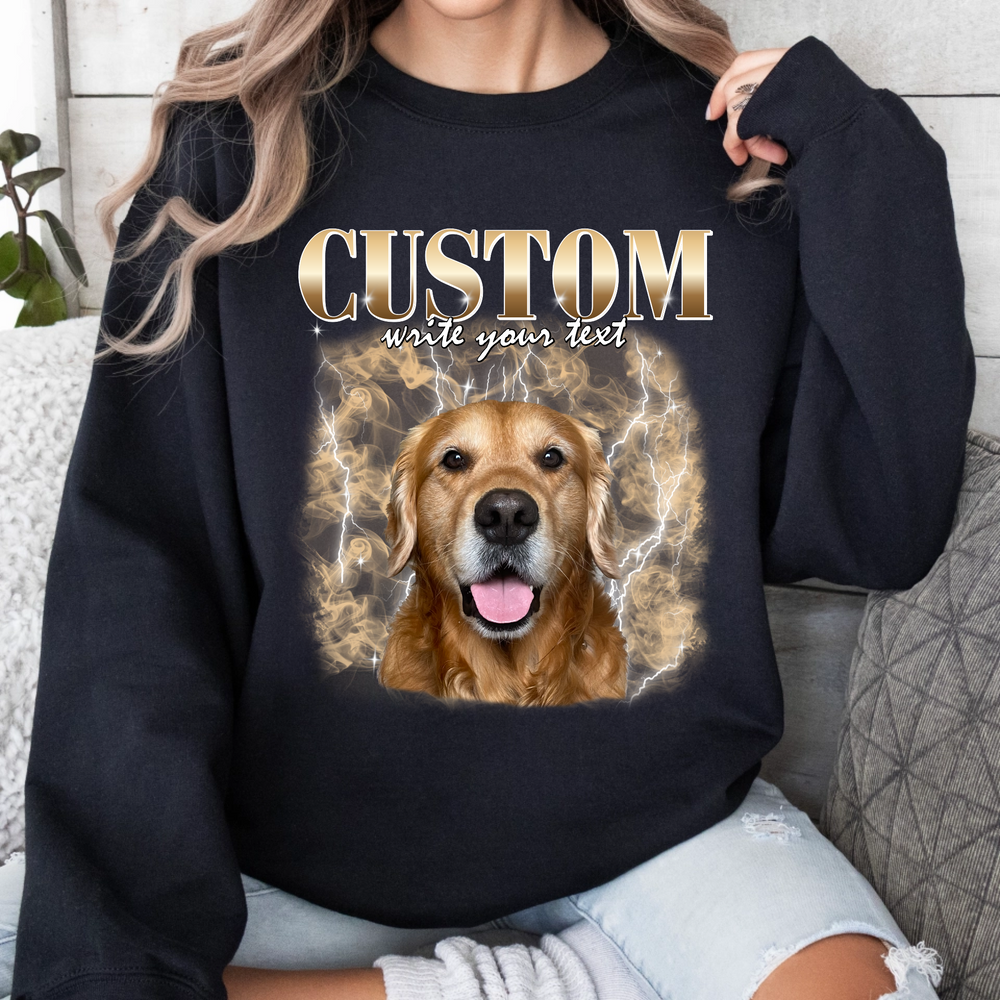
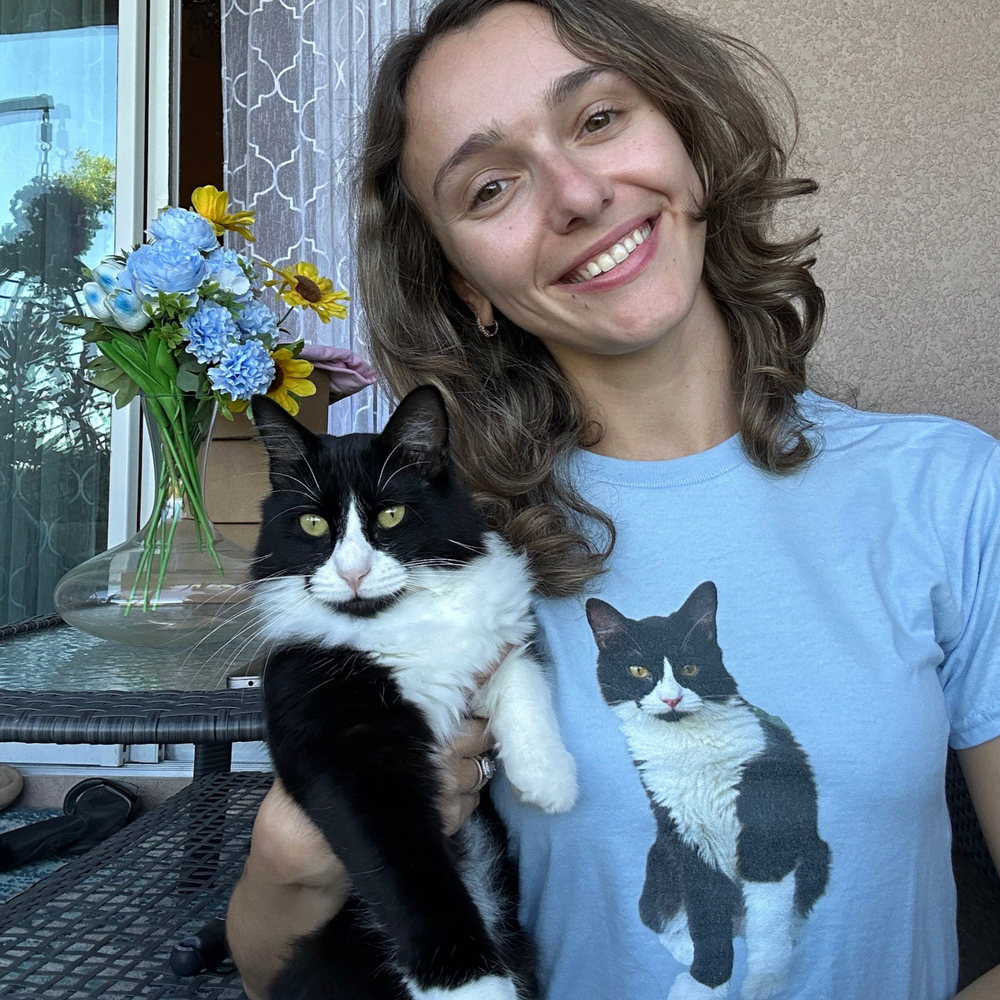
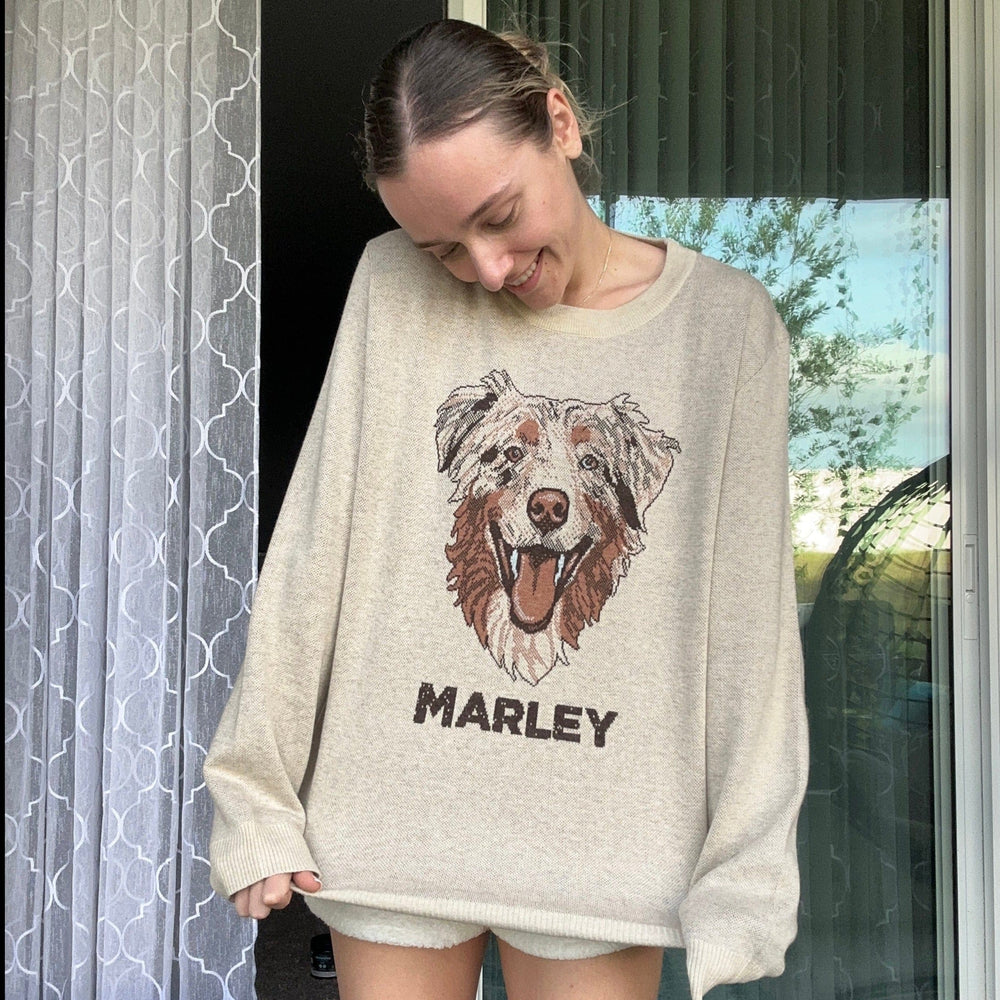
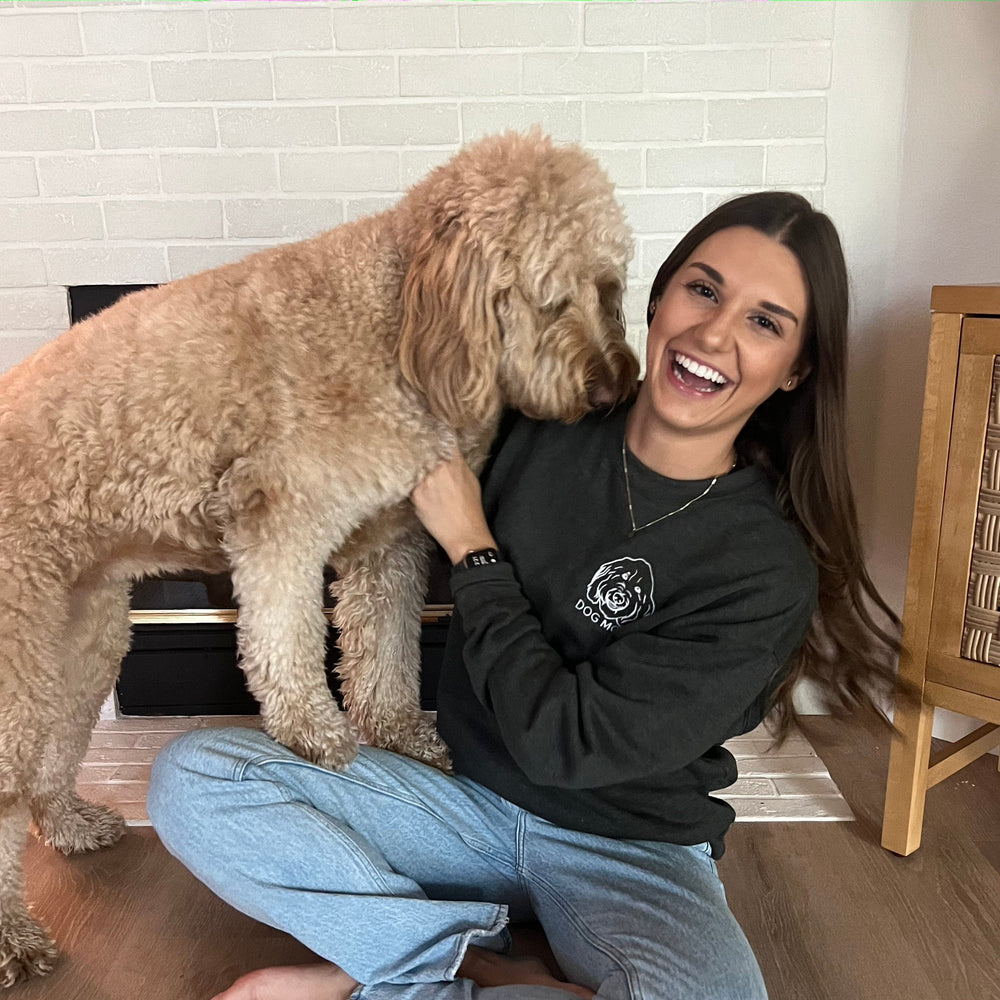

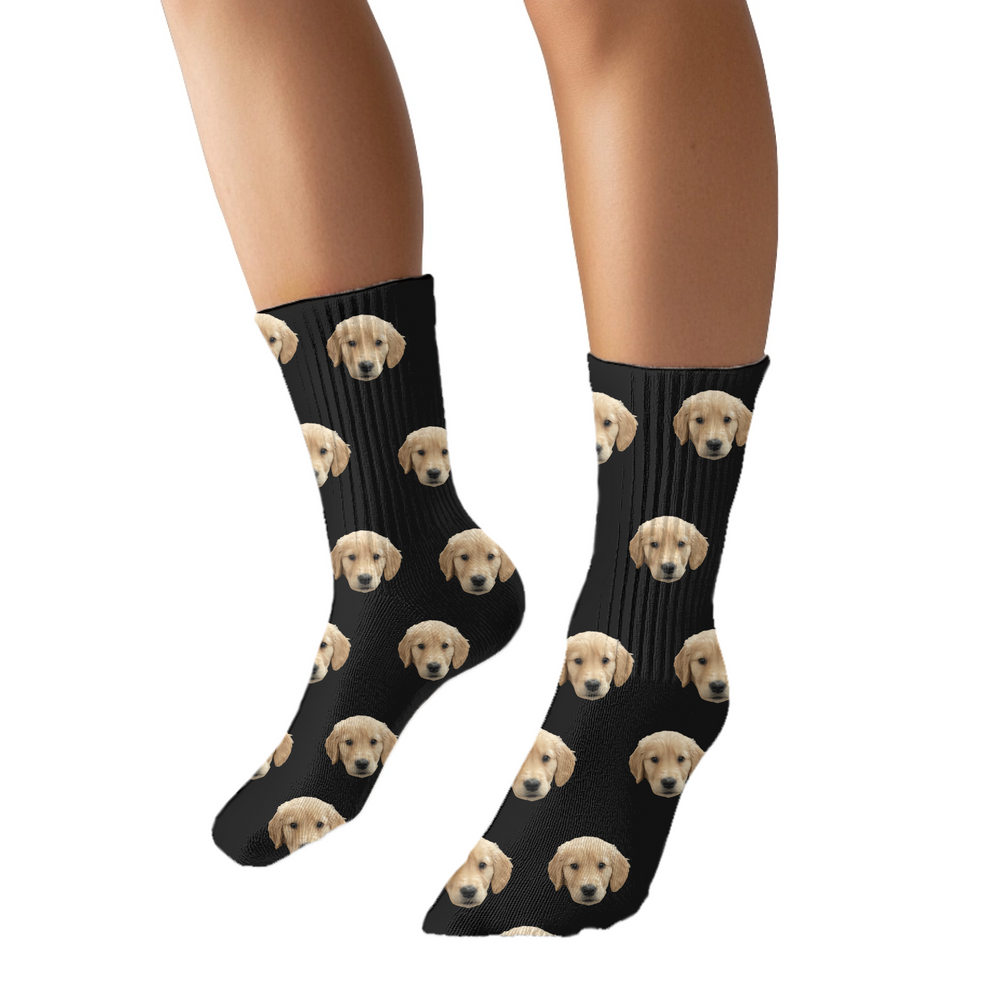
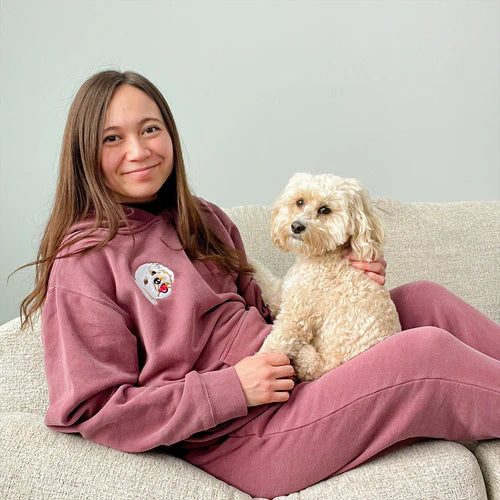
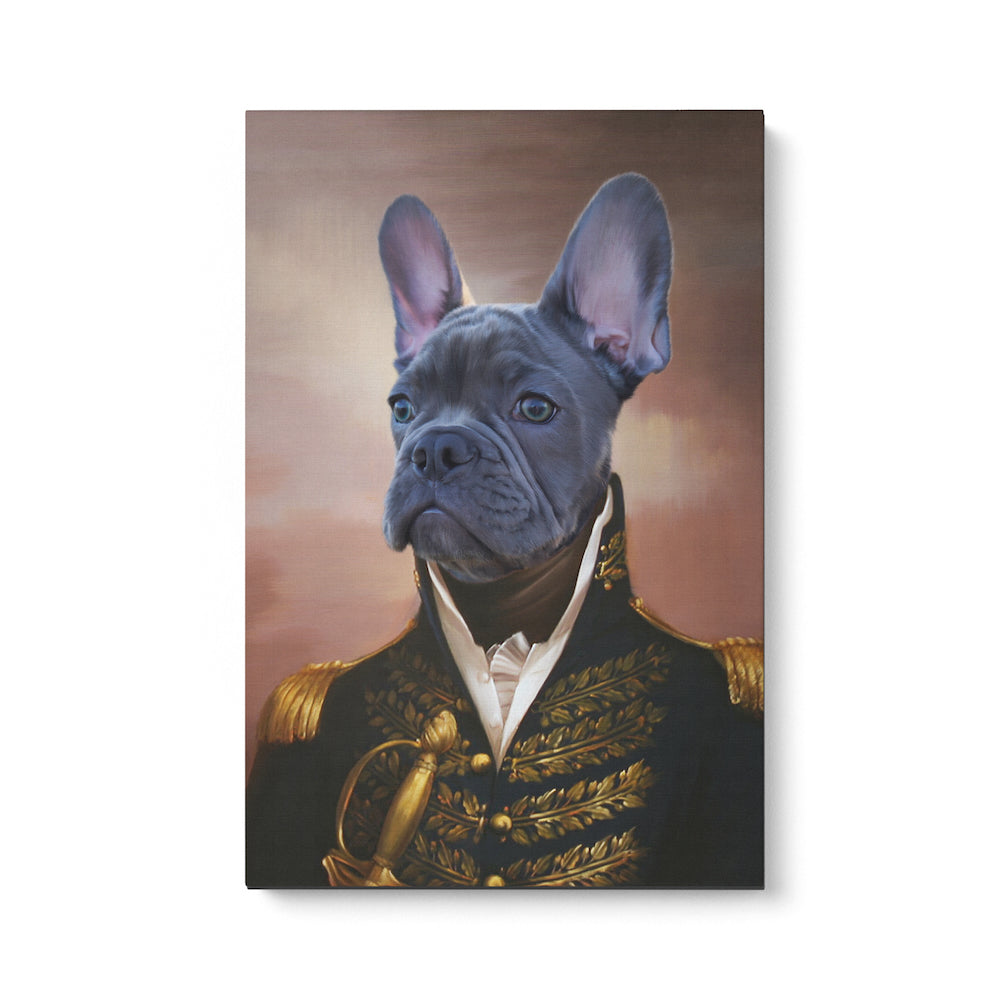
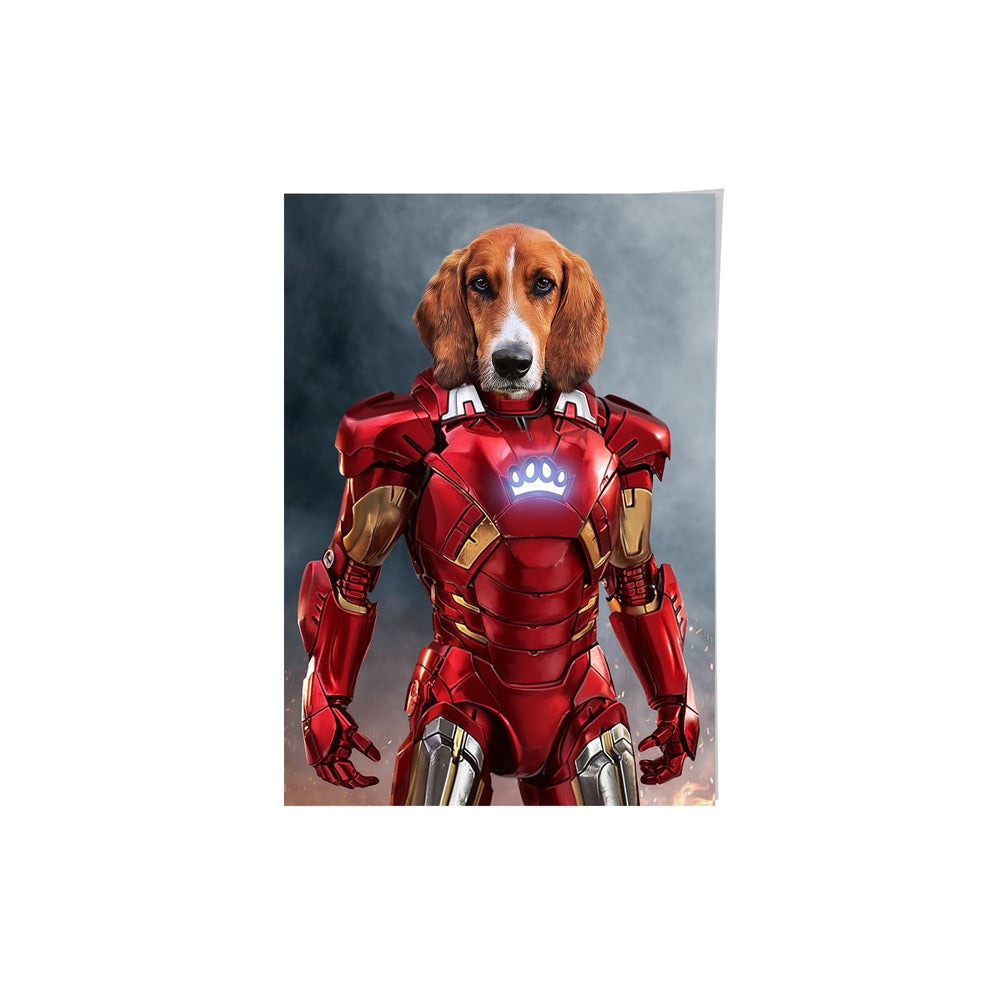

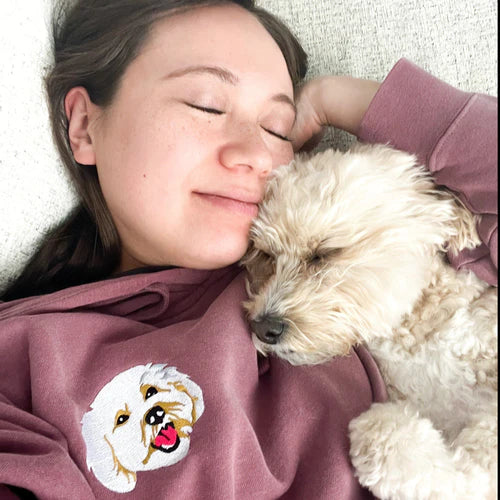
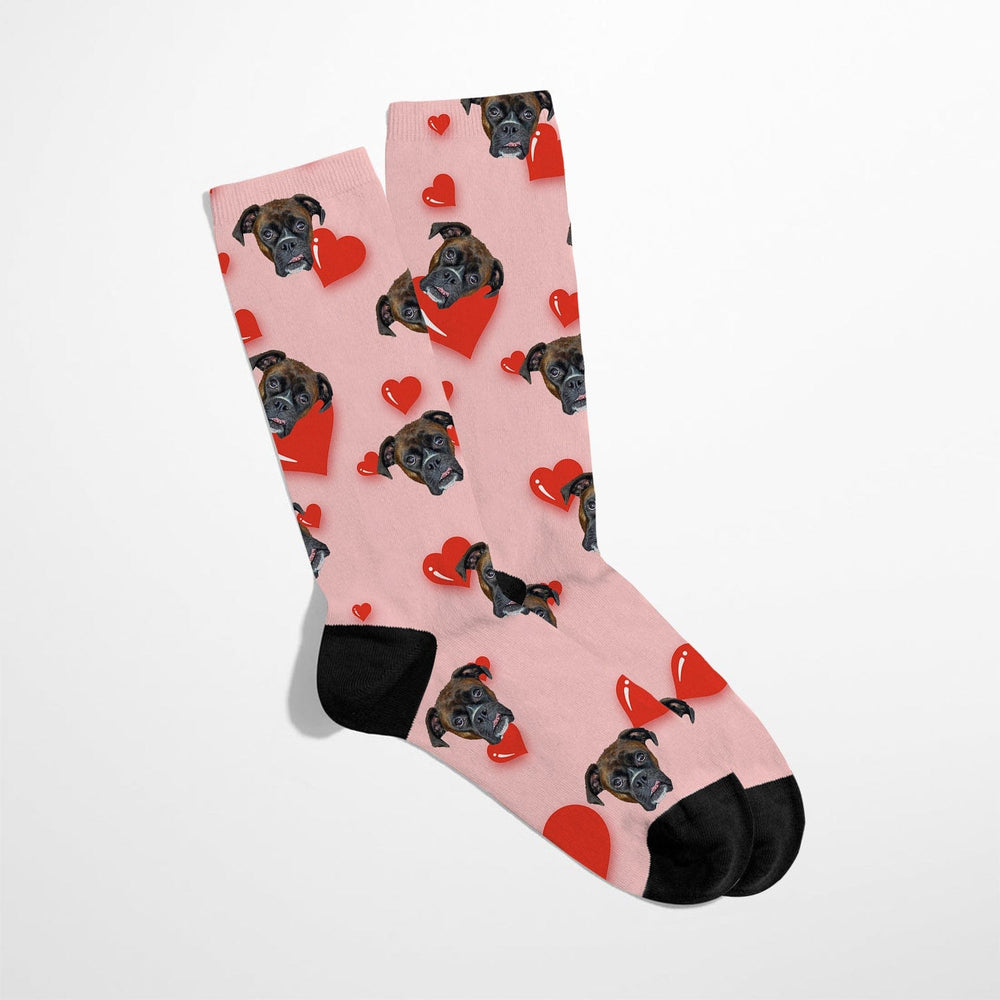

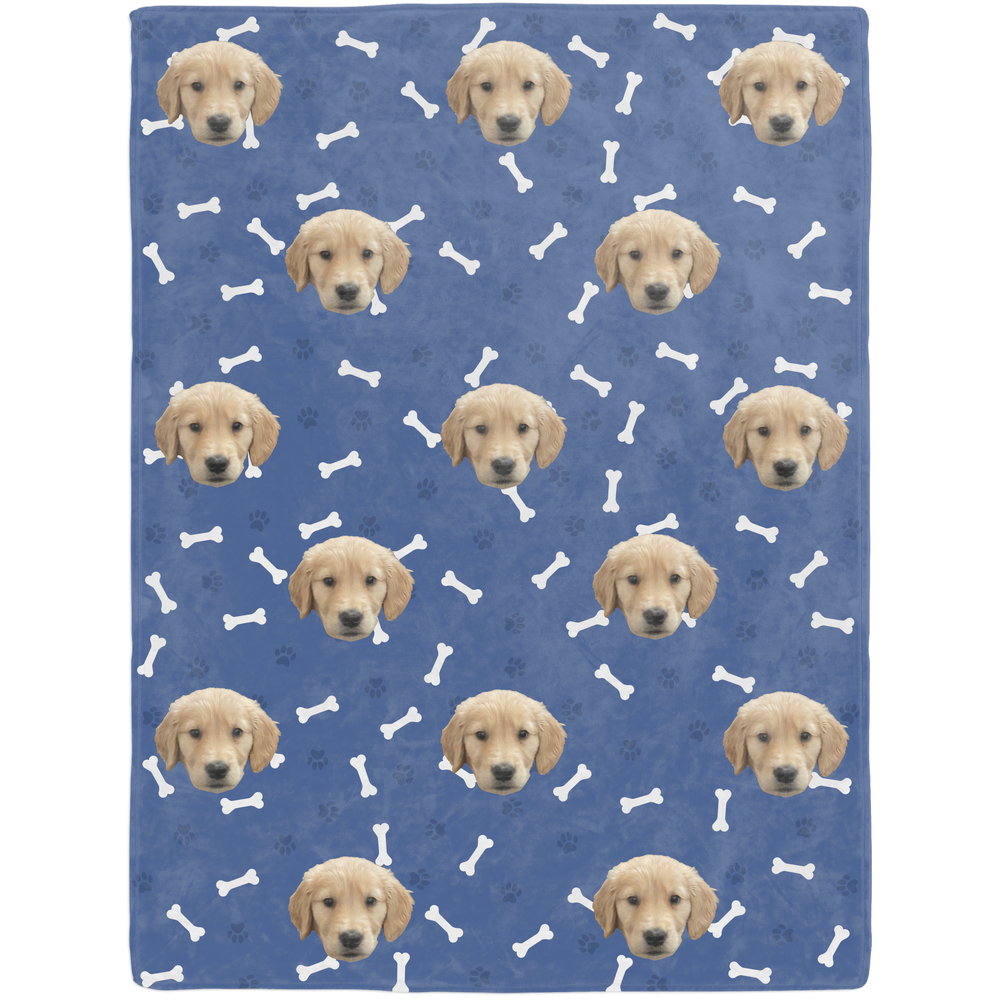

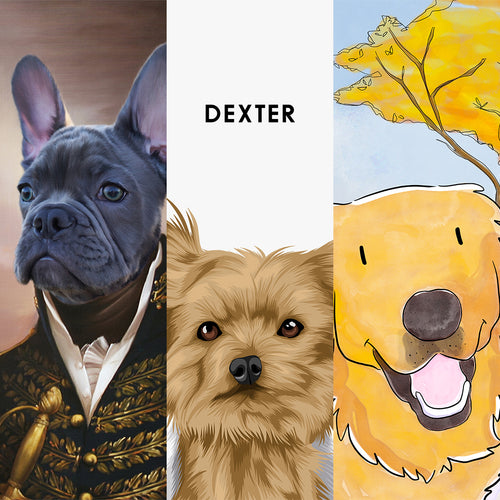
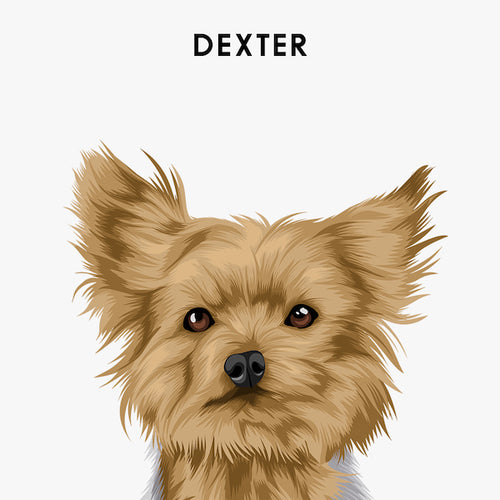
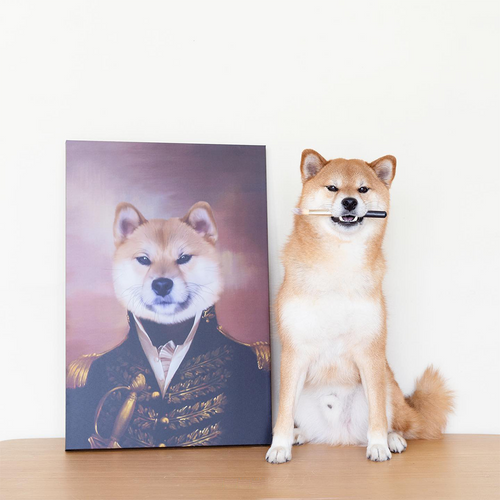





 Reviews
Reviews
 My Account
My Account
 Contact Us
Contact Us
 Help
Help
